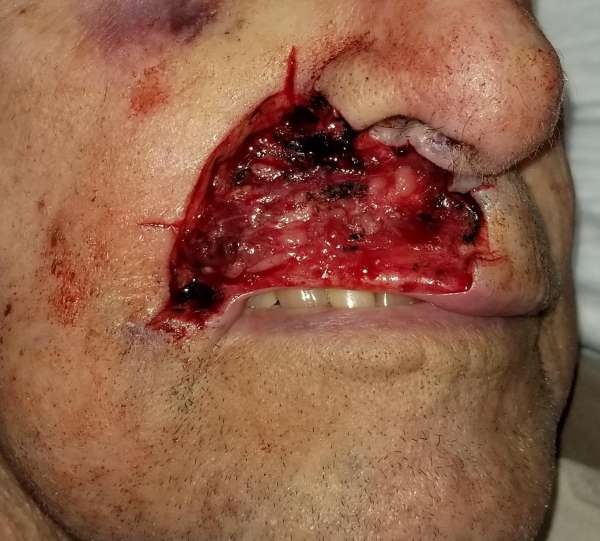MOHS Surgery and Reconstruction
There are certain incidences of skin cancer that, when diagnosed, are best treated with microscopically- controlled MOHS surgery. MOHS surgery is recommended under certain circumstances including when in the view of the physician the skin cancer is highly likely to recur, when the extent of the cancerous tissue is difficult to determine, or when the skin cancer has presented in an area where it is particularly important to save as much healthy tissue as possible (such as the face). Frequently MOHS is used when the skin cancer is located in a critical area such as the central face, near the eye or close to fingers or ears.
MOHS surgery involves treatment by physicians in three specialties.
- A Dermatologist who removes the cancerous tissue using a specific procedure reserved for certain cancer presentations;
- A Pathologist who works to review cancerous cells as they are being excised in real time (often the dermatologist can do this);
- A Plastic Surgeon who reconstructs and closes the wound.
Dr. Nicholas Bastidas is a plastic surgeon who participates routinely with a team of physicians performing MOHS surgery. Dr. Bastidas has specialized training to reconstruct and close even the most complex MOHS wounds. He works diligently to coordinate and schedule his participation in MOHS surgery in the best time frame in order to provide high quality, well-coordinated care for patients undergoing MOHS surgery.
When a surgeon is performing MOHS surgery, the surgeon removes a thin layer of the cancerous lesion which is then examined microscopically by a pathologist working concurrently with the MOHS team. Upon the pathologist seeing cancer cells, the surgeon proceeds to remove the next thin layer of cells. This two-step procedure is repeated until the last layer of tissue that is removed is determined to be cancer-free.
While this is a tedious, painstaking procedure, sometimes taking several hours, it is an excellent option to use under the various circumstances previously mentioned. At the end of the repeated excisions and pathology review, the patient is cancer-free and at this point the work of Dr. Bastidas begins. Dr. Bastidas is a board certified plastic and reconstructive surgeon and his MOHS surgery patients are pleased with the cosmetic and functional results he delivers to his patients. His skills in reconstructive plastic surgery provide Dr. Bastidas with the ability to preserve function for his patients and deliver aesthetically pleasing results. MOHS surgery has evolved through the years and has come to be the procedure of choice when dealing with many skin cancers.
Mohs reconstruction can often be performed in the office under local anesthesia in a pain-free environment. If complex, sedation or general anesthesia may be employed to optimize the reconstruction and your level of comfort.
Recovery from MOHS surgery generally is not too difficult but the patient is given instructions to follow: no strenuous activity, a wound care protocol, sun protection and follow-up information. The length of time for healing will vary based upon the extensiveness of the surgery. Dr. Bastidas cautions his patients who are eager to see the extent of scarring that scarring will reduce over a period of time (6-12 months) and to be patient. You will find that the staff at Dr. Bastidas' office is well-trained and focused on delivering safe, high quality care accompanied by strong communication with patients. Dr. Bastidas is widely known for his professionalism and his skills are frequently sought for participation as a physician on a team performing MOHS surgery. If you are interested in more information about Dr. Bastidas, check out his website at www.Dr.Bastidas.com and check in with his office.

